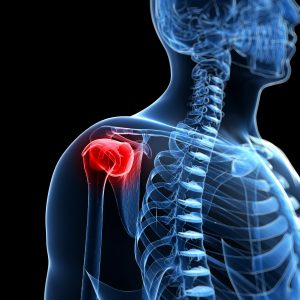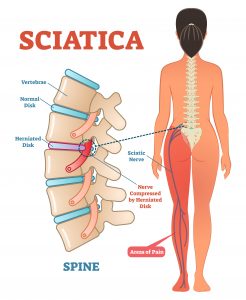Clinical Reasoning Part 1: Two Types of Thinking
Intro
Being a person that embroils himself in research and enjoys getting to the bottom of clinical puzzles, I often wonder what is behind making clinical decisions. I thought it may be useful to explore this using the latest evidence (as I only know how!). This blog enables you to choose the correct therapist for you.
Clinical reasoning is an interesting concept, whereby the doctor, osteopath, physiotherapist, chiropractor or surgeon has to centre themselves and establish a diagnosis and management plan based on the presentation, separate from any premeditated views they may hold.
To enter this significant topic, we must first demonstrate how we, as human beings, are inherently poor at quick problem solving:
There is a water lily on a lake. Each day, the amount of water lilies doubles. Within 20 days, there are so many water lilies that the entire lake is covered. After how many days was half of the lake covered?
If you give it little thought, most people say ‘10’. In fact, it’s 19. People often see double and associate that with half, without considering the wording of the question.
Most people get this wrong, even clinicians who are taught from day one to be objective, so what can be done to prevent this, and how do you choose an osteopath, physiotherapist or chiropractor that doesn’t succumb to this common, but neglectful, way of thinking? There is no easy answer, but understanding how we make decisions may enable you to select more wisely.
How do we think?
Thinking involves two systems:
- Fast thinking: involves quick decisions such as which banknote to bring out of your wallet for an item that costs £6.99, and how far objects are from you.
- Slow thinking: involves considered thought, such as 13 multiplied by 18 and parallel car parking.
Fast thinking is typically prevalent, which is why you are more likely to get the water lily question wrong, but it is also probably why you are good at special awareness and you selected the correct banknote from your wallet within no time, and importantly energy, at all. The fact that this type of thought dominates can have implications on clinical judgement.
One aspect of fast thinking which is important to recognise for an osteopath is centring. Centring is the process of recognising patterns and reaching a conclusion that seems to fit. In a clinical setting, this can work against the osteopath as it can tempt them into quick decision-making. This can be to the detriment of the case if there are counter arguments.
Example: A patient arrives suffering from pain in his side and back. He is overweight, 60 years of age and spends all day at a desk. Apart from when he walks during his lunch break which makes the pain significantly worse. The osteopath diagnoses a muscular strain.
This sounds perfectly reasonable, although in fact the patient had a gall bladder issue, made worse after eating a cheese sandwich with a milkshake for lunch, since foods high in fat worsen gall bladder pain. The reason this wasn’t more obvious is that the therapist didn’t consider any alternatives, which affected the patient’s care.
What the experts do
Research shows that experts focus largely on pattern recognition to make accurate, fast decisions which is very useful in emergencies. Osteopathic clinical examination, however, takes a different path, as it allows the therapist more time, which allows longer for consideration and examination.
At the Movement and Wellbeing Clinic, we navigate fast thinking by making sure the therapists draw up a list of differential diagnoses that takes into consideration the patient’s general health and wellbeing. The best remedy for the types of unhelpful fast thinking patters are:
- Recognition
- Learn
- Reconciliation (1)
More to come on Clinical Reasoning Pt 2!
For any further questions, please don’t hesitate to ask:
0161 209 2980
info@movementandwellbeingclinic.co.uk
Ed Madeley M.Ost
Referances


